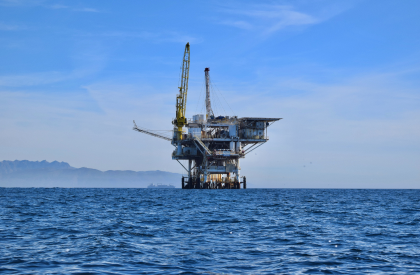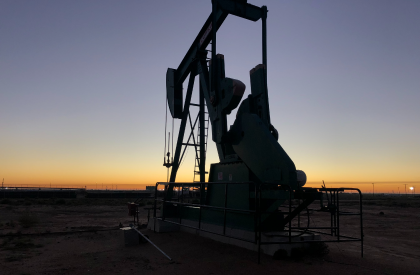Crude Oil
-
Jet A1
Jet A1
-
D6 Virgin Fuel Oil
D6 Virgin Fuel Oil
-
ULSD EN590
ULSD EN590
-
D2
D2
-
Marine Gas Oil
Marine Gas Oil
-
Crude Oil
Crude Oil
-
Gasoline 87
Gasoline 87
-
Gasoline 89
Gasoline 89
-
Gasoline 91
Gasoline 91
-
Gasoline 92
Gasoline 92
- Gasoline 93
- Gasoline 94
-
IFO 380
IFO 380
-
IFO 180
IFO 180
-
JP 54
JP 54
Our Brochures
Contact Us
Social Media


Crude oil means a mixture of hydrocarbons that exists in liquid phase in natural underground reservoirs and remains liquid at atmospheric pressure after passing through surface separating facilities.
Crude Oil CharacteristicsDepending upon the characteristics of the crude stream, it may also include any of the following:
- Small amounts of hydrocarbons that exist in gaseous phase in natural underground reservoirs but are liquid at atmospheric conditions (temperature and pressure) after being recovered from oil well (casing-head) gas in lease separators and are subsequently commingled with the crude stream without being separately measured. Lease condensate recovered as a liquid from natural gas wells in lease or field separation facilities and later mixed into the crude stream is also included.
- Small amounts of nonhydrocarbons, such as sulfur and various metals.
- Drip gases, and liquid hydrocarbons produced from tar sands, oil sands, gilsonite, and oil shale.
- Petroleum products that are received or produced at a refinery and subsequently injected into a crude supply or reservoir by the same refinery owner or operator.
Crude Oil UsesWhat is a Refinery?Crude oil is refined to produce a wide array of petroleum products, including heating oils; gasoline, diesel and jet fuels; lubricants; asphalt; ethane, propane, and butane; and many other products used for their energy or chemical content.
Petroleum refineries convert crude oil and other liquids into many petroleum products that people use every day. Most refineries focus on producing transportation fuels.
Many countries produce Crude Oil
About 100 countries produce crude oil. However, in 2021, five countries accounted for about 51% of the world’s total crude oil production.
